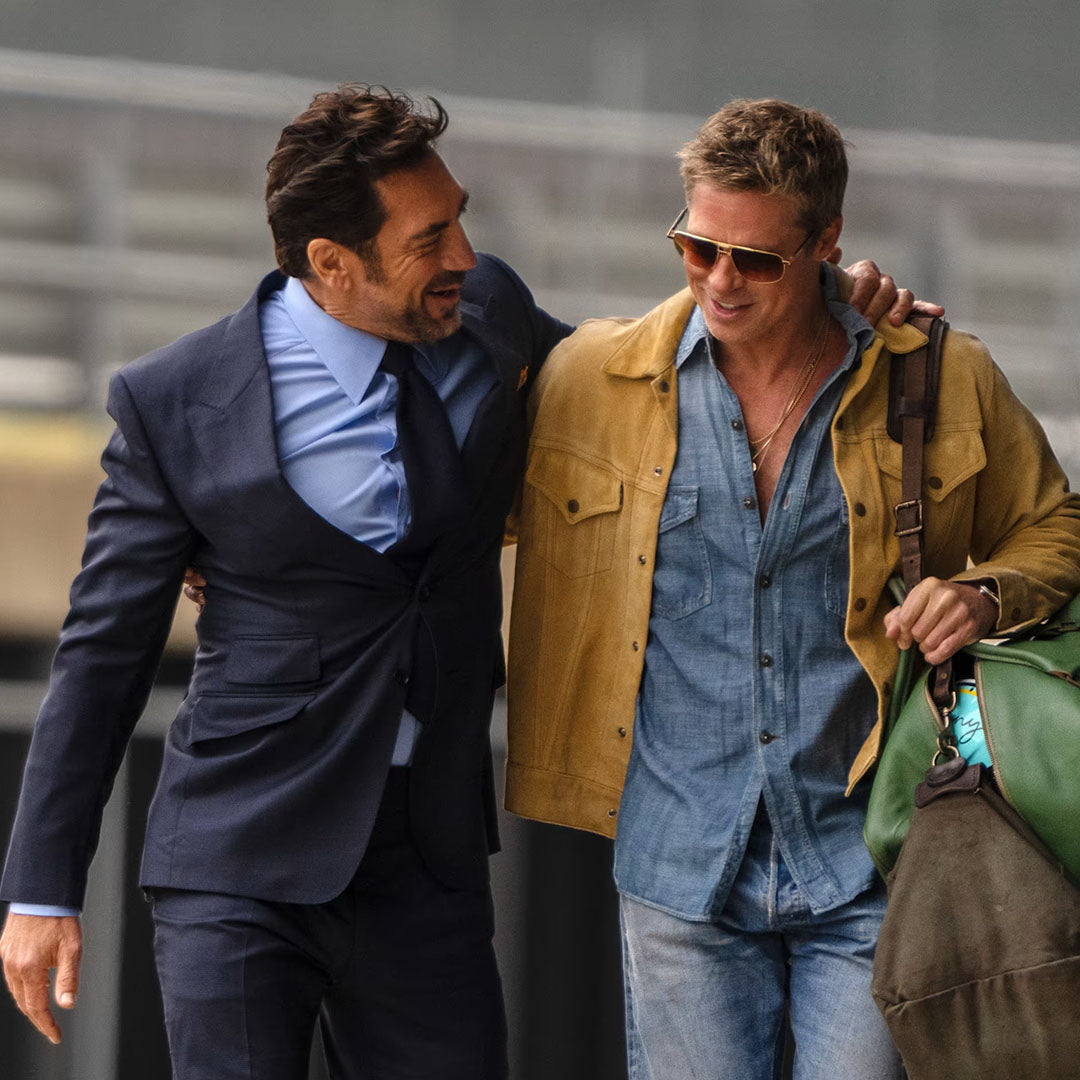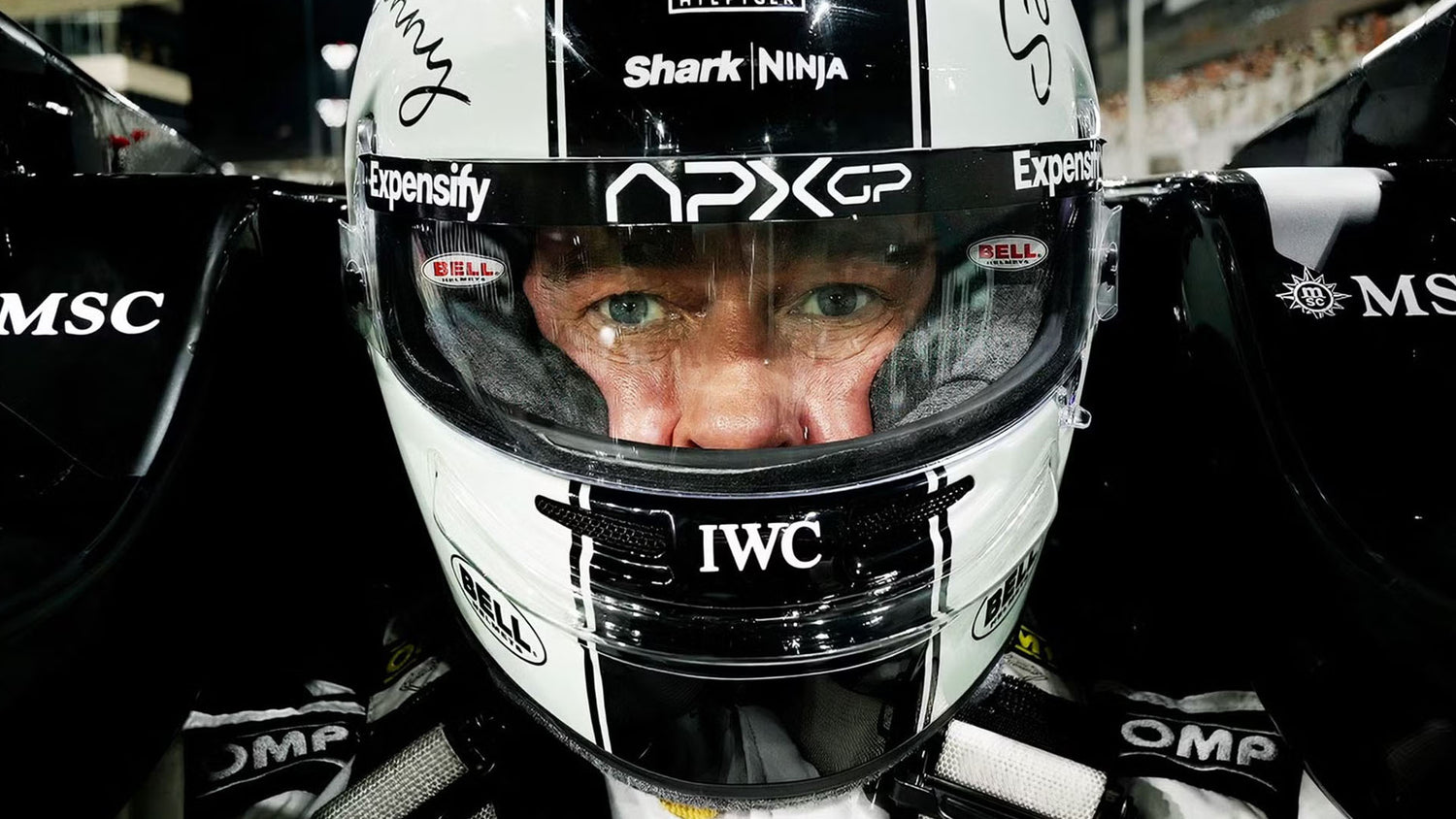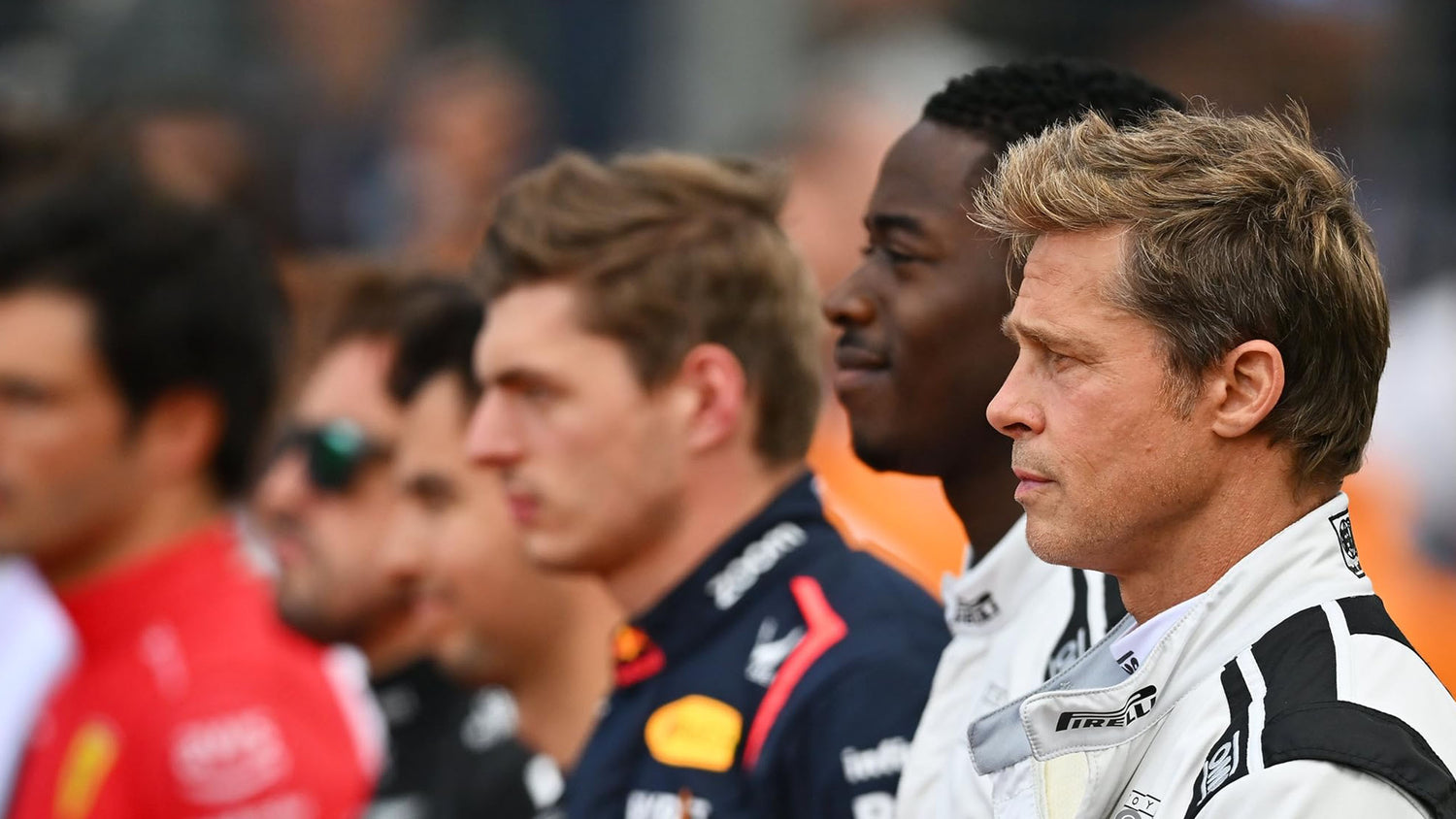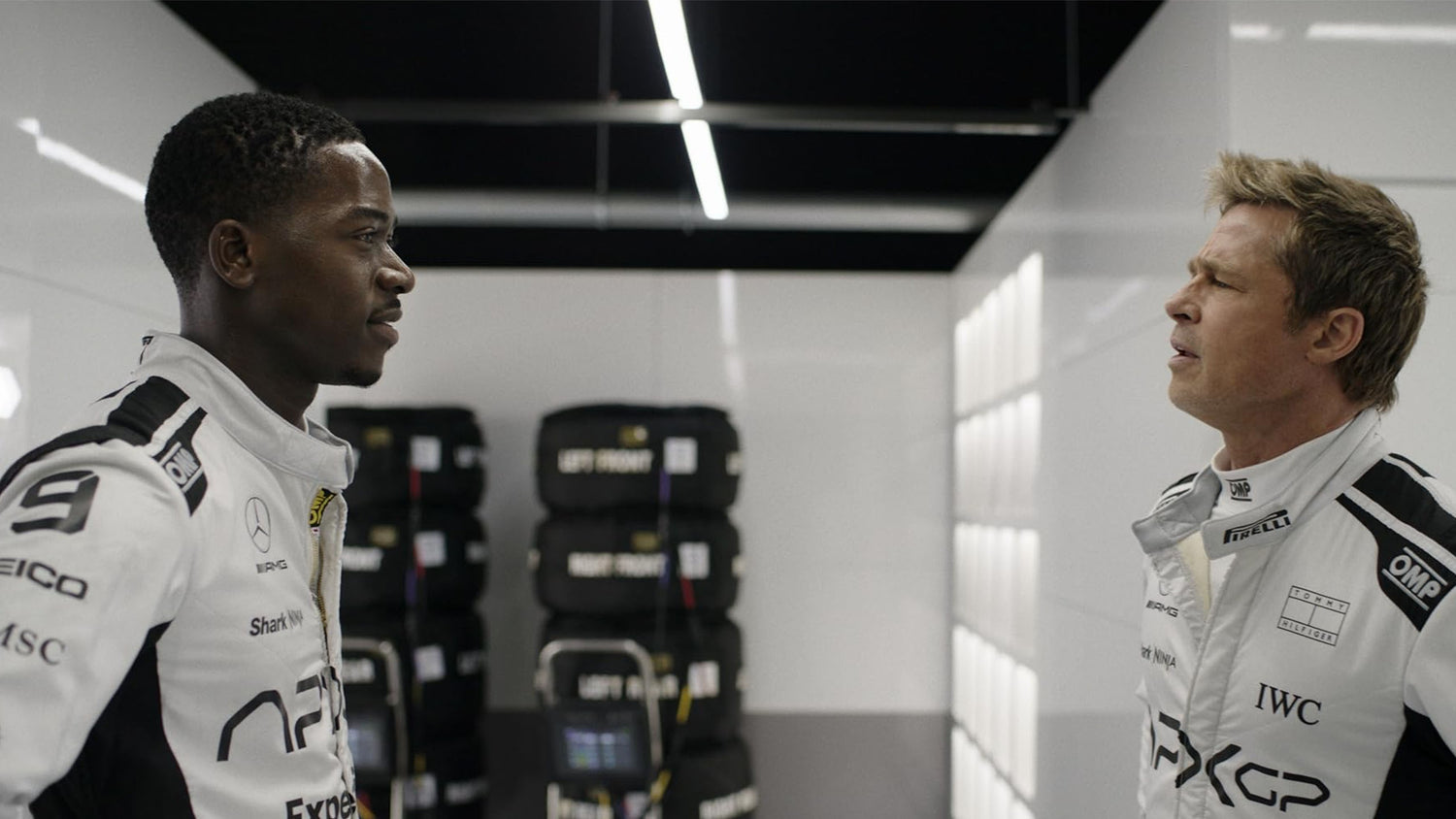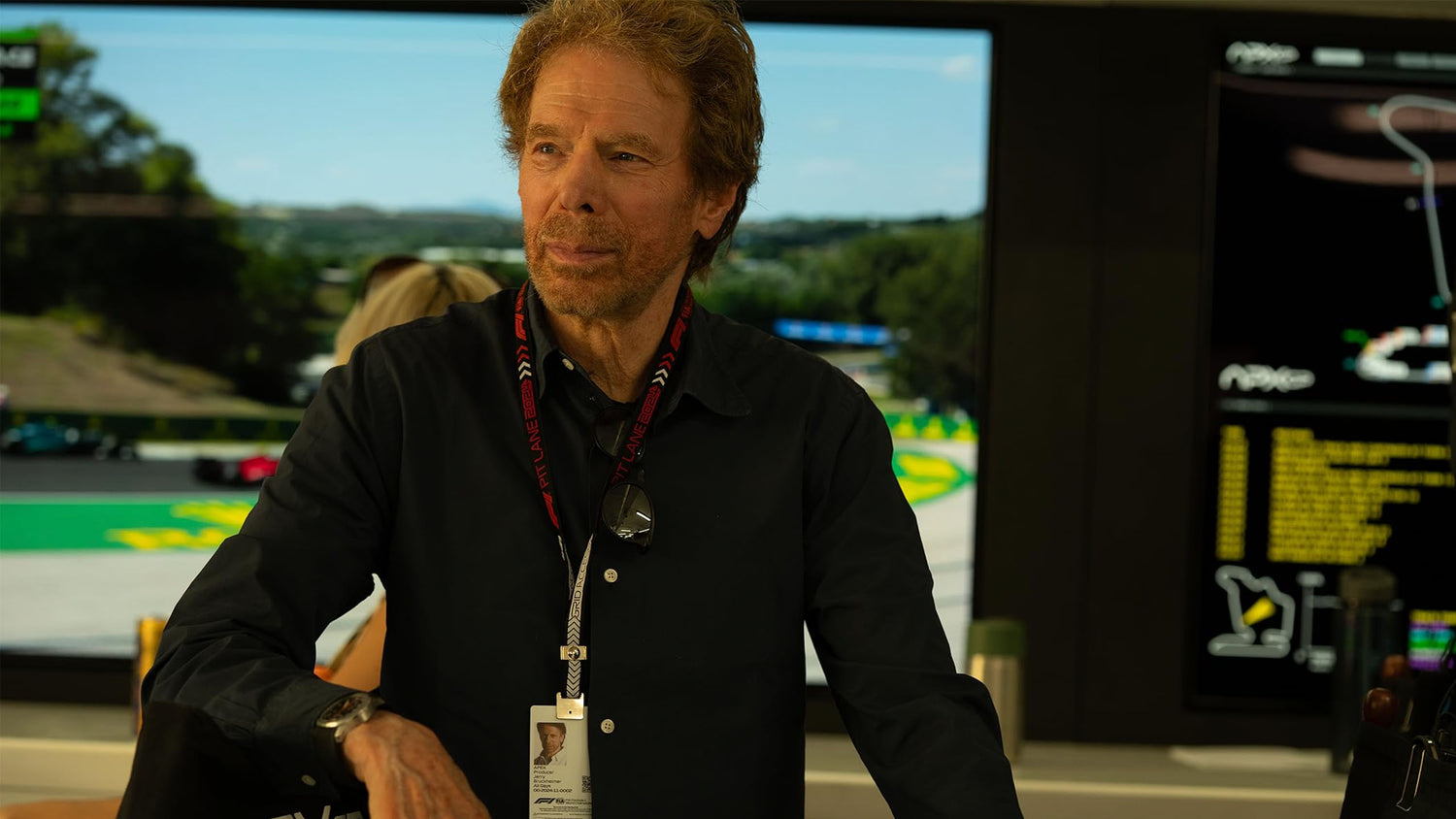Shifting Gears: Speed and Style with F1
Directed by Joseph Kosinski and starring Brad Pitt, F1 is far more than a sports film—it’s a cinematic translation of speed, luxury, and the aesthetic of engineering. Beyond modern action tropes, the film offers a visual spectacle, a meticulously crafted celebration of design in motion. Scenes featuring automotive icons like Porsche, Ferrari, and McLaren are not merely about velocity—they’re treated almost as characters themselves, delivering a grandeur that feels both raw and refined. As Kosinski puts it, “The machine defines the mood of a scene just as much as the setting,” underlining how track design and art direction are inseparable in shaping the film’s emotional and visual language.
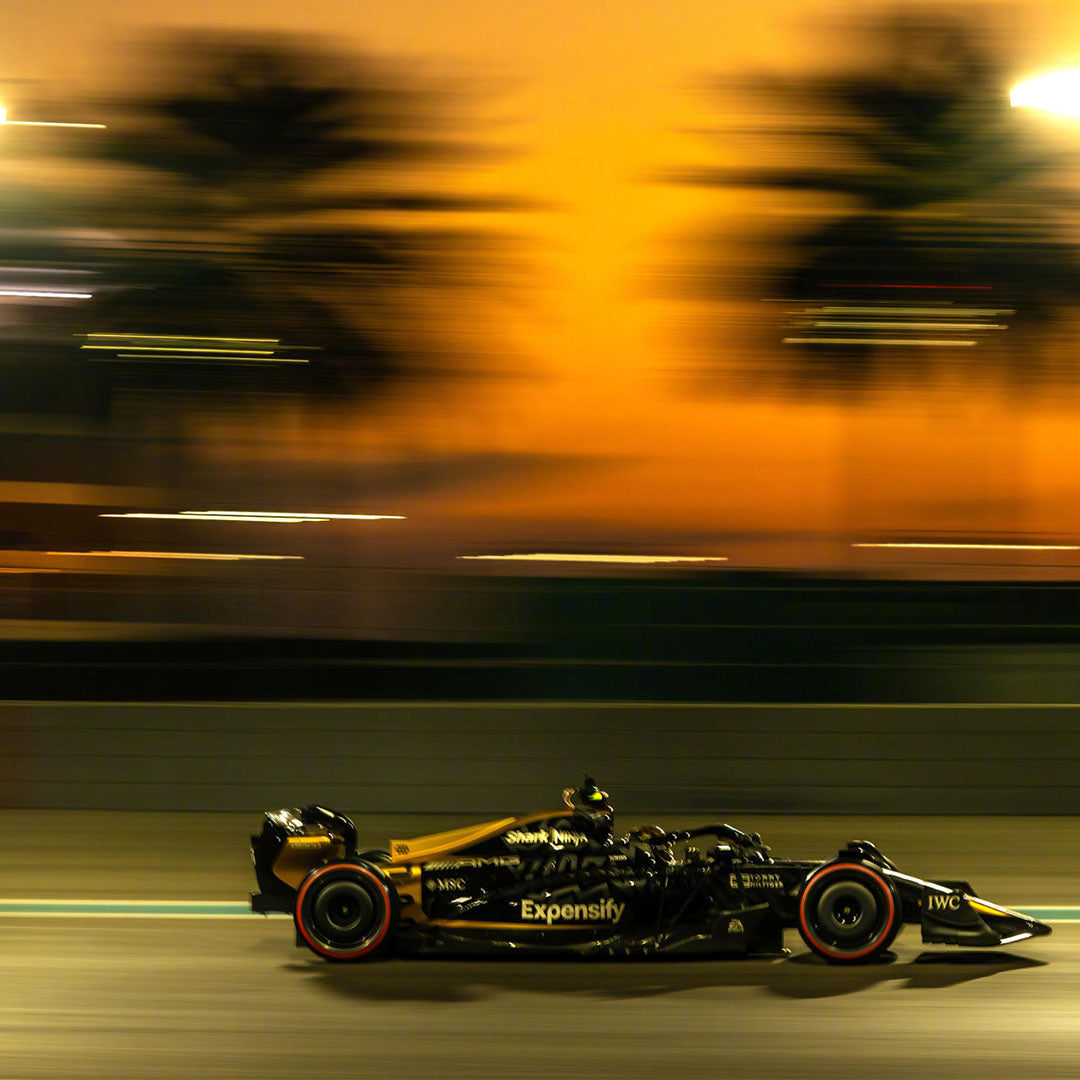
Where Velocity Turns Cinematic
